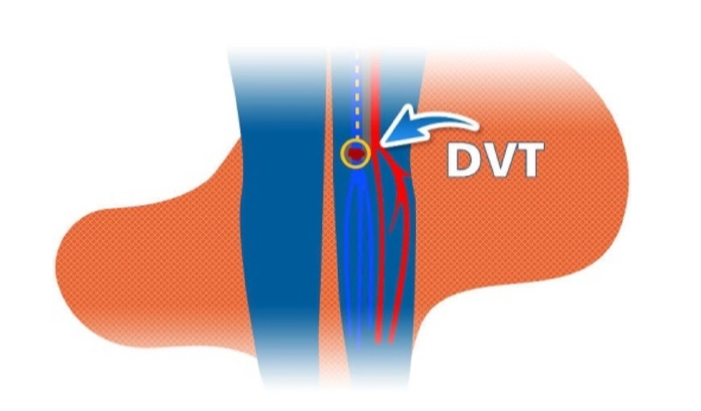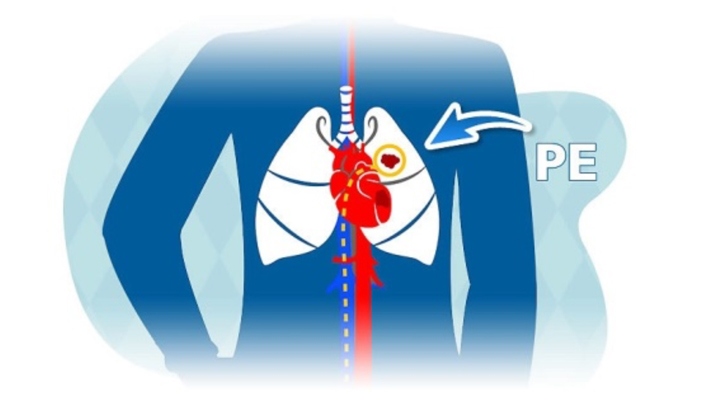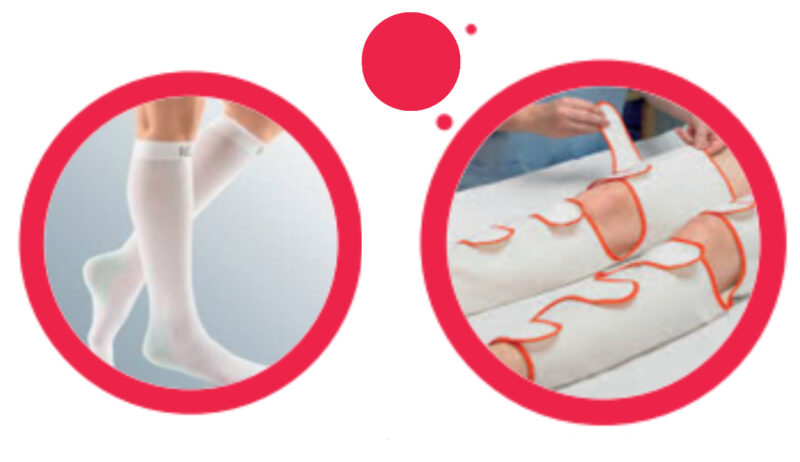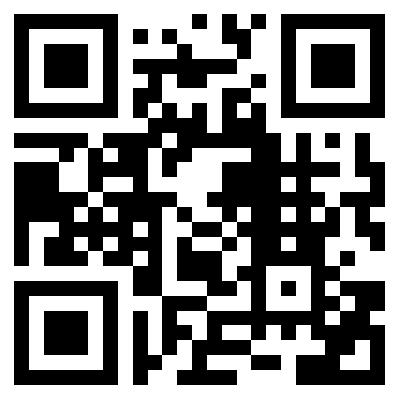Anticoagulation team
A venous thromboembolism (VTE) is a blood clot which forms within the veins. It can occur without any warning signs or symptoms.
Signs and symptoms
DVT
Deep Vein Thrombosis (DVT) is a blood clot which usually forms in the leg

- Pain
- Swelling
- Warmth
- Redness
PE
Pulmonary Embolism (PE) is when a blood clot travels to the lung.

- Shortness of breath
- Chest pain
- Rapid pulse or breathing
- Light headedness or passing out
- Large pulmonary embolisms can be fatal
Why do blood clots form in the veins?
Blood flow through the leg veins is helped along by movement of the muscles which squeeze the veins. Most clots occur because of three factors:
- Reduced flow in the vein
- Damage to the vein walls
- Systemic changes making the blood more sticky
Some common risk factors for thrombosis (blood clots) are:
Hospitalisation for any reason
Surgery and trauma
Prolonged or long-term bed rest
Cancer and some cancer treatments
Pregnancy and post-partum
Oral contraceptive pill
Hormone replacement therapy (HRT)
A family history of blood clots
Obesity, smoking
Long periods of inactivity or long journeys
Dehydration
Methods to reduce the risk of venous thromboembolis
- Your mobility maybe reduced, so the blood circulation in your legs becomes more sluggish and this can encourage clots to form. Try and move around as much as you can to prevent this.
- If you can safely do so, get up and go for a walk several times a day.
- Hospitals are very warm and you may rely on others to fetch drinks for you. Staying hydrated is very important in reducing your risk of a DVT. Unless you have been told not to for medical reasons, remember to drink plenty of fluids to keep hydrated.
- If you are in hospital for a condition which increases your risk of a VTE the medical team may advise treatment to help reduce your risk. This may involve ‘pharmacological’ (drug) therapy or ‘mechanical’ methods (for example, stockings or intermittent leg compression).
What are the risks of drug (anticoagulant) therapy?
All anticoagulants act to slow down the blood’s clotting process. Because of this, they may cause bruising or bleeding.
Low molecular weight heparin (LMWH) injection
Tinzaparin, Dalteparin, Enoxaparin
This medicine is injected into the lower part of your abdomen and prevents your blood from clotting too easily. LMWH is a porcine (pig derived) product so if you have any concerns please inform your doctor or nurse.
It works immediately and can be given for prevention or treatment of a blood clot. LMWH is usually given for a short time, until it is safe to stop or give an alternative drug in tablet form.
Ask your nurse for information and instructions. Used syringes can be disposed of in a yellow sharps bin or put back into the packaging tube. Dispose of used syringes by returning to your pharmacy or the hospital. Do not put used syringes in household rubbish.
Direct oral anticoagulants (DOACs)
Apixaban, Dabigatran, Edoxaban and Rivaroxaban
These medications slow down the speed at which blood normally clots. They can be given for prevention or treatment of a blood clot. Oral anticoagulants work very quickly after being swallowed.
Anti-embolism stockings

Knee-length tight socks are worn to squeeze your blood back up your leg when your mobility is reduced due to your condition.
Ward staff will fit your stockings to your legs. If they are not fitted correctly, this may cause damage to the skin or blood supply. You are advised to wear them day and night until you are back to your normal mobility (they can be removed when bathing).
If you experience pain, or see marking, blisters or skin discolouration (especially over the heels) inform your ward nurse.
Intermittent pneumatic compression device (IPC)
In certain circumstances you may be given IPC devices. These inflate around your leg at regular intervals. This compresses your leg and increases blood flow in the way that normal walking or activity would usually do. Ward staff will apply the IPC device which should be worn day and night.
Contact information
South Tees Hospitals NHS Trust
Telephone: 01642 850850 – ask for the ward you were admitted to.
Email: [email protected]
Website: www.southtees.nhs.uk
Direct ward phone numbers and email addresses are available at;
• James Cook site: www.southtees.nhs.uk/hospitals/james-cook/wards/
• Friarage site: www.southtees.nhs.uk/hospitals/friarage/wards/
If you feel you may be developing a clot in your leg or lung you should:-

Visit www.southtees.nhs.uk
Alternatively, please scan the QR code
Patient experience
South Tees Hospitals NHS Foundation Trust would like your feedback. If you wish to share your experience about your care and treatment or on behalf of a patient, please contact The Patient Experience Department who will advise you on how best to do this.
This service is based at The James Cook University Hospital but also covers the Friarage Hospital in Northallerton, our community hospitals and community health services.
To ensure we meet your communication needs please inform the Patient Experience Department of any special requirements, for example; braille or large print.
T: 01642 835964
E: [email protected]